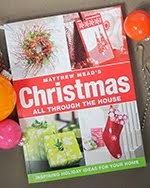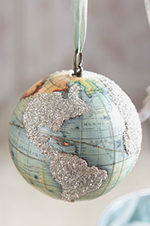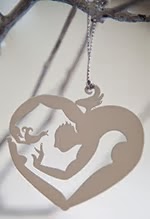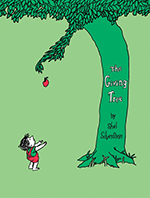 T H E I D I O M "people who live in glass houses shouldn't throw stones" is a well-worn one (idiom, not stone). Of course, it means that anyone criticizing anyone else should have their own house in order before they throw stones (criticism) themselves. It's a hard thing to do for most people, including me—especially the 'house-in-order' stuff.
T H E I D I O M "people who live in glass houses shouldn't throw stones" is a well-worn one (idiom, not stone). Of course, it means that anyone criticizing anyone else should have their own house in order before they throw stones (criticism) themselves. It's a hard thing to do for most people, including me—especially the 'house-in-order' stuff.T R A N S P A R E N C Y seems to be the catch-word of the day. It seems we live in times where privacy is non-existent. Could this be part of the paradigm shift in consciousness talk about coinciding with the end of the Mayan calendar on December 21st, 2012? Is it the apocalypse? Or just another day of slow, tedious destruction of our life-giving natural environment? Maybe it's just good fodder for another cataclysmic Hollywood movie.
 H O M E S E E M S to be the only safe space left—in order or not. And it's always where my cats are (hence the name of my freelance business—Man and Cat Omnidesign). My calico named Luci and my Bengal named Abella seem to have it all figured out. They spend their days relaxing, sleeping and eating; while the rest of us get all geeked out on doomsday stories or the more pressing stuff that fills our days to exhaustion. Maybe cats have already shifted their consciousness and we should take a cue from them to just relax. Why else would the Egyptians have thought them to be gods? Ancient civilizations (like the Mayans and Egyptians) seemed to be onto something cataclysmal, but life-affirming.
H O M E S E E M S to be the only safe space left—in order or not. And it's always where my cats are (hence the name of my freelance business—Man and Cat Omnidesign). My calico named Luci and my Bengal named Abella seem to have it all figured out. They spend their days relaxing, sleeping and eating; while the rest of us get all geeked out on doomsday stories or the more pressing stuff that fills our days to exhaustion. Maybe cats have already shifted their consciousness and we should take a cue from them to just relax. Why else would the Egyptians have thought them to be gods? Ancient civilizations (like the Mayans and Egyptians) seemed to be onto something cataclysmal, but life-affirming. GLASS HOUSES | These mercury glass house ornaments were collected from (top, right) Cost Plus World Market (with snow), Star Provisions, Ebay (antique gold with trees), and a Christmas shop at Biltmore Estates (gingerbread house ornament mouth-blown and hand painted in the Czech Republic by Holiday Lane). The stones are from the creek bed that was the neighborhood swimming hole when I was a boy—well, worn and ready for throwing.
WARM AND FUZZY | The Man and Cat Omnidesign mascots, Luci and Abella (above, left). Luci, the Calico is the most incredible, magical cat I've ever had. She likes her yogurt in the mornings and has been with me for 16 years now. Much younger than Luci, Abella, the Bengal is loud and rambunctious. She always wants to drink from the tub or sink faucets. They are my constant companions and I adore them.
 CALENDAR MYSTERY | The mysterious Mayan calendar (right) ends (or transforms consciousness somehow) on December 21, 2001 (Winter Solstice). The Maya had precise knowledge of our solar system's cycles, which they thought coincide with our spiritual and collective consciousness. No one really knows a lot about how or when the Maya culture began, but they have an enduring prophesy. The archeological evidence of them is shrouded in mystery. We'll have to wait and see what mystery will be unveiled during the holidays of 2012.
CALENDAR MYSTERY | The mysterious Mayan calendar (right) ends (or transforms consciousness somehow) on December 21, 2001 (Winter Solstice). The Maya had precise knowledge of our solar system's cycles, which they thought coincide with our spiritual and collective consciousness. No one really knows a lot about how or when the Maya culture began, but they have an enduring prophesy. The archeological evidence of them is shrouded in mystery. We'll have to wait and see what mystery will be unveiled during the holidays of 2012. ©2009 DARRYL MOLAND | ALL RIGHTS RESERVED
collecting, photography and styling by Darryl Moland




















































